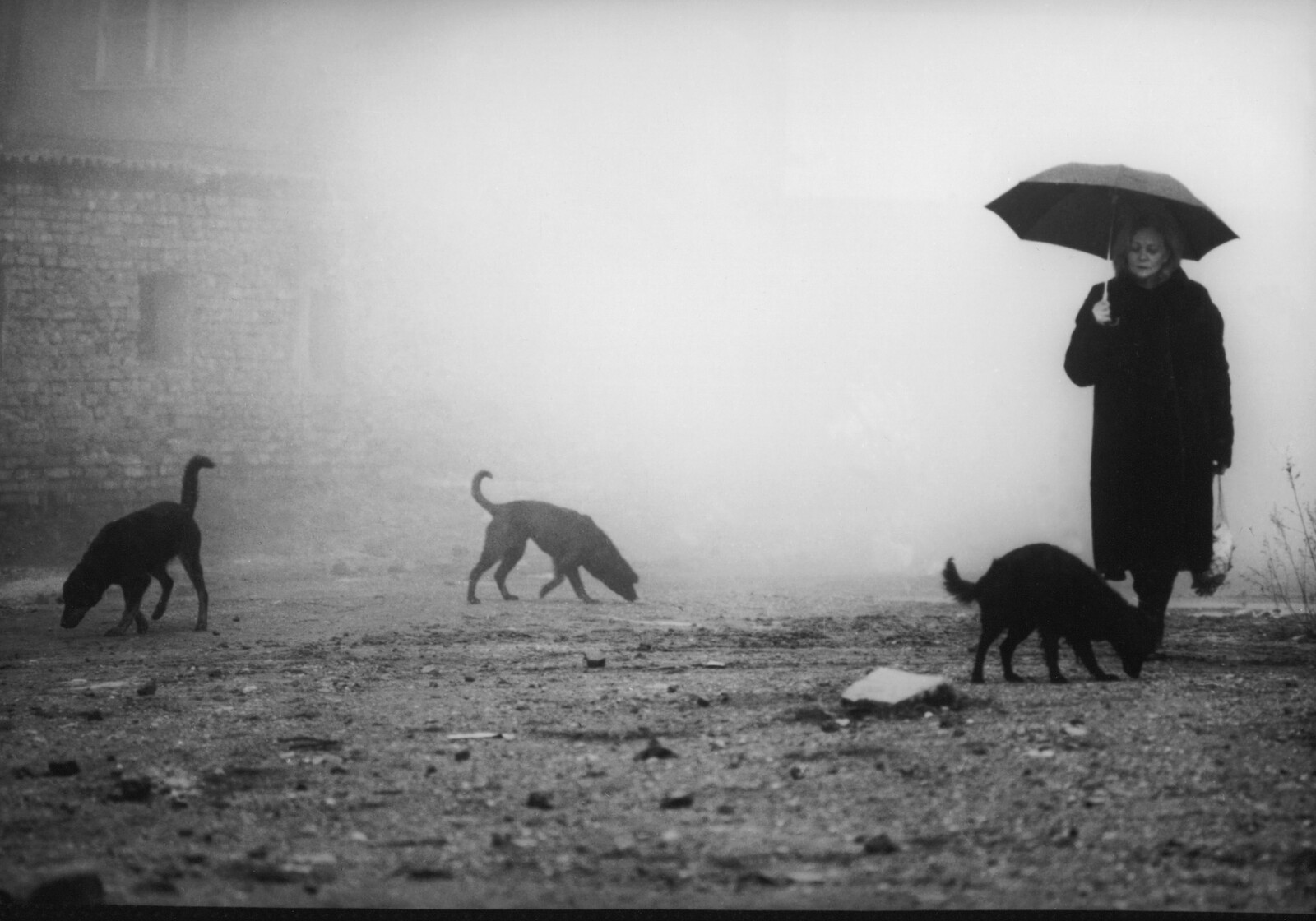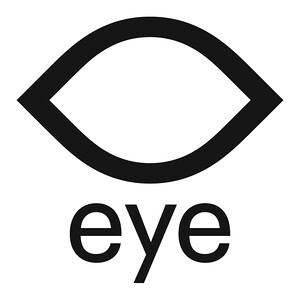Till the End of the World
January 21–May 7, 2017
From January 21 to May 7, 2017, EYE is presenting the exhibition Béla Tarr: Till the End of the World. Béla Tarr is widely regarded as one of the most influential film authors of the past 30 years. He is a master of the magnificent long take, a master of wonderfully shot, melancholic films that express the human condition. For the exhibition at EYE, Tarr, who after his 2011 film The Turin Horse decided not to make any more films, has picked up the camera one more time to shoot his very last scene. It is his anger about how refugees are treated in Europe, and especially in Hungary, that drove him to make a poetic, philosophical and ultimately political statement.
Béla Tarr (Pécs, Hungary, 1955) made his mark internationally with Damnation (1988) and enhanced his reputation and standing with the more than seven-hour-long Satantango (1994) and Werckmeister Harmonies (2000). All three films can be considered a commentary on the vulnerability of human civilization. Unexpected, threatening developments seem to bring out the animal instincts in people and rapidly any sense of mutual solidarity in a closed community. These are sweeping, earthly films that portray mankind in his existential despair. However, an occasional glimpse of deliverance appears, when the drink flows, the orchestra plays and bar guests lose themselves in drunken merriment.
The work of Tarr reveals a sombre view of the world, in which people have little control of their own existence. The characters in his films feel abandoned by life. The films are chiefly set in dreary surroundings dominated by decay, disintegration and disinterest. An outsider sometimes appears, upsetting the established patterns within a small community. But Tarr also makes it clear that there can be no escape. Life remains as it is. As one of the great masters of contemporary cinema, Tarr has carved out this bleak view of the world a body of work that is hypnotic in its sheer visual force. More than anyone else, he has the courage to trust the image. After Damnation (1988) he filmed in black and white only, or rather in shades of grey, using extreme long shots in which he lets the camera “explore” spaces or landscapes very slowly. In combination with the almost total lack of a traditional story line, his style of filming reinforces the state of mind of his characters and the futility of existence. Tarr shows great compassion for his characters by infusing the rain, the mud, the wind, the disintegration and the despair with a poetry that testifies to his empathy.
For EYE, Tarr has made a filmic installation that is a cross between a film, a theatre decor and an installation.
“I still consider film not as show business, but as the seventh art. I have never been interested in stories, because the story is forever the same. Just read the Old Testament; it’s all in there. We don’t need to tell any new stories, since we always end up telling the same old story.”
Curated by Béla Tarr and Jaap Guldemond (EYE Director of Exhibitions / curator)



